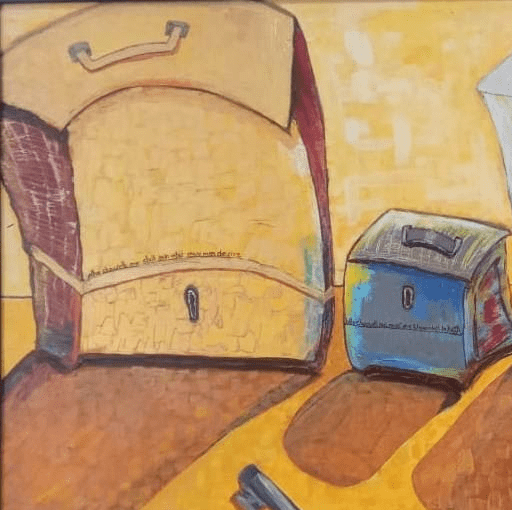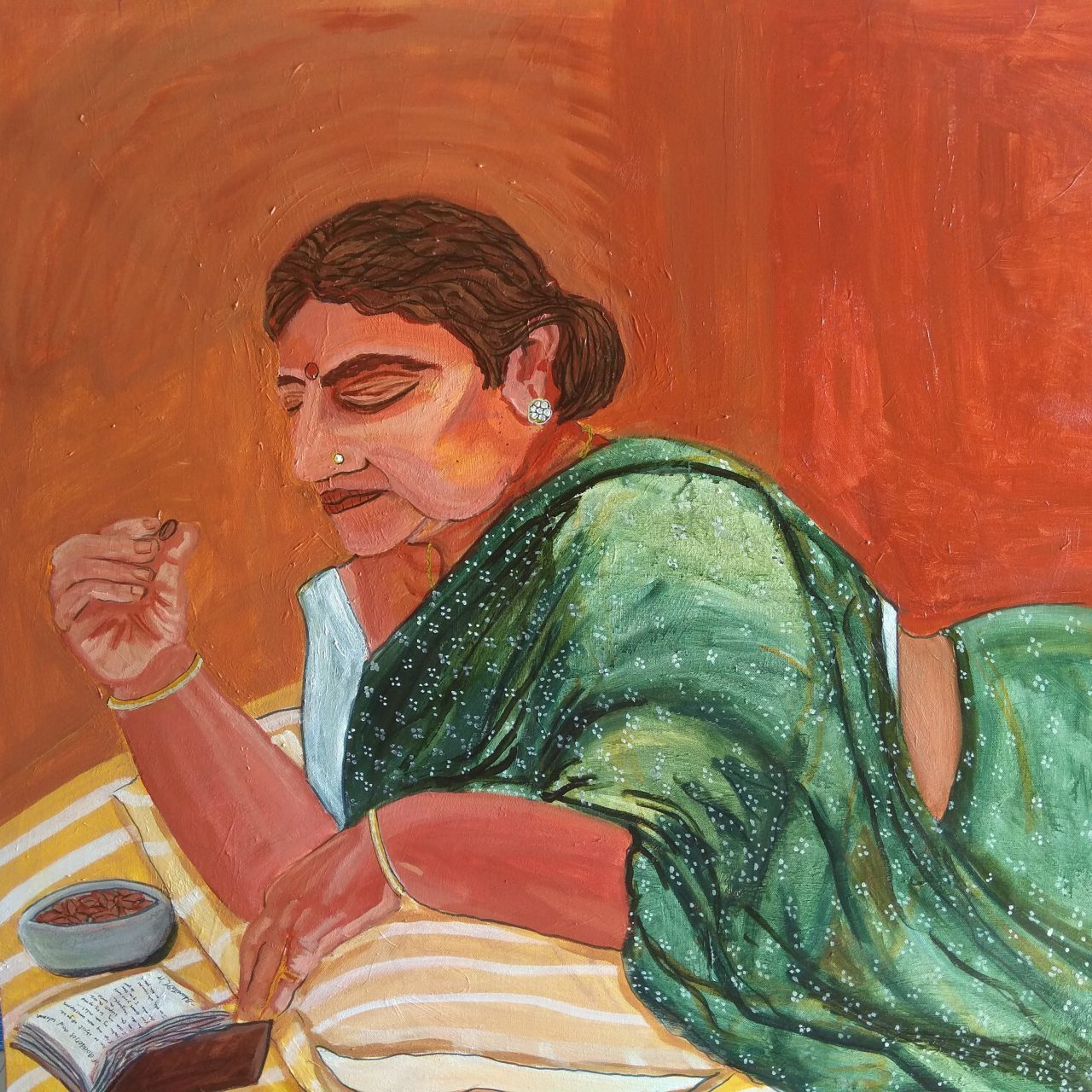Artwork
The Bard in Acrylic
Shweta was inspired to portray the Bard on canvass after watching a performance of ‘As You Like It’ at Shakespeare’s Globe, London. While watching the play, she was moved deeply and experienced that the Bard is still immensely relevant.
Shakespeare is as profound as he is playful, and this is exactly what Shweta has aspired to capture. The paintings in this series are not mere illustrations of the Bard’s universe, but are interpretations that are fully self-aware and
celebratory of the time and space between the artist and the Bard. Whilst references to Shakespeare’s work makes for an enriched viewing, this series can also be viewed as a portrayal of the artist’s world view.
The Bard in Acrylic was Shweta’s first solo art show. It is her humble love offering to literature and art.
Of Goddesses and Women
This series is about women captured in their everyday moments.
The works aspire to make the viewers see the extraordinary in the familiar, the magic in the mundane, and the mystical in the worldly.
Is her-story possible, when the world is encumbered solely with his-story? Her-story isn’t a grand narrative leading to great battles but is a series of little-narratives of everyday tribulations and joys. This show is a tribute to the lives spent by middle class Indian women in their urban kitchens and drawing rooms; it’s a tribute to lives measured in the countless cups of tea.










